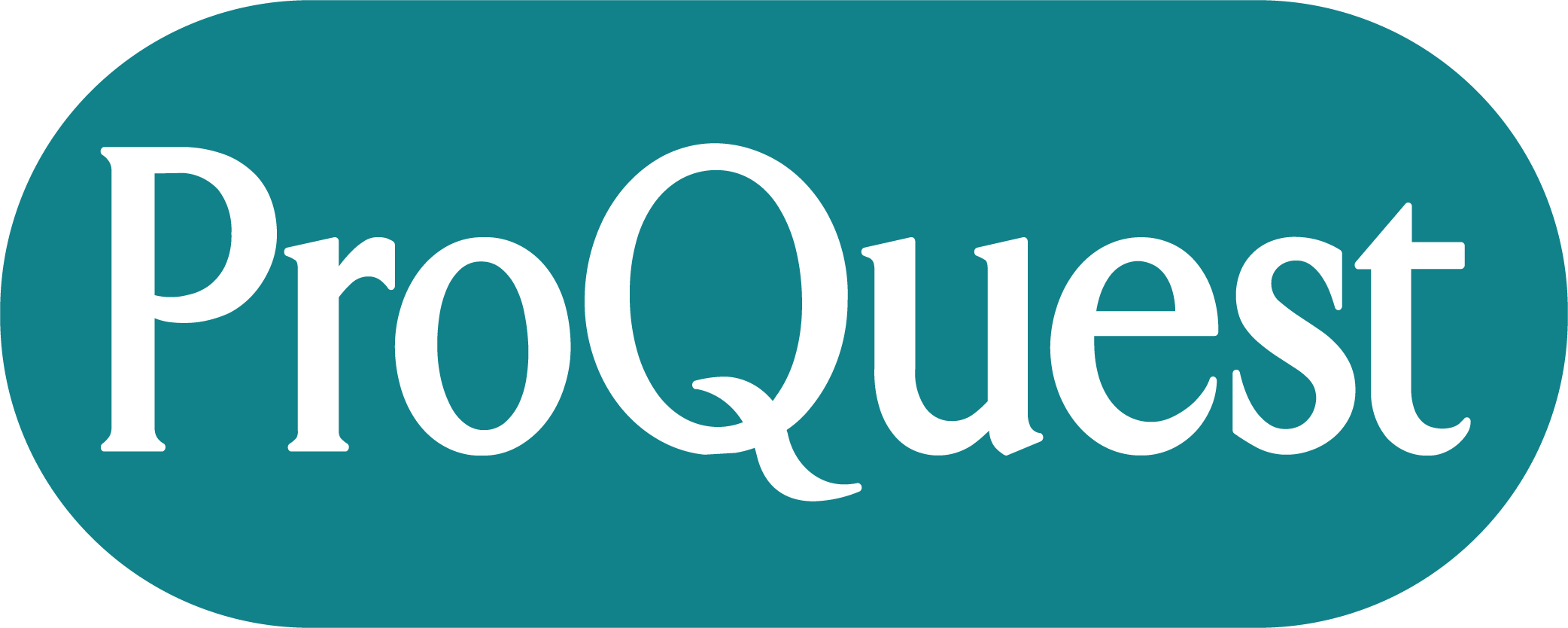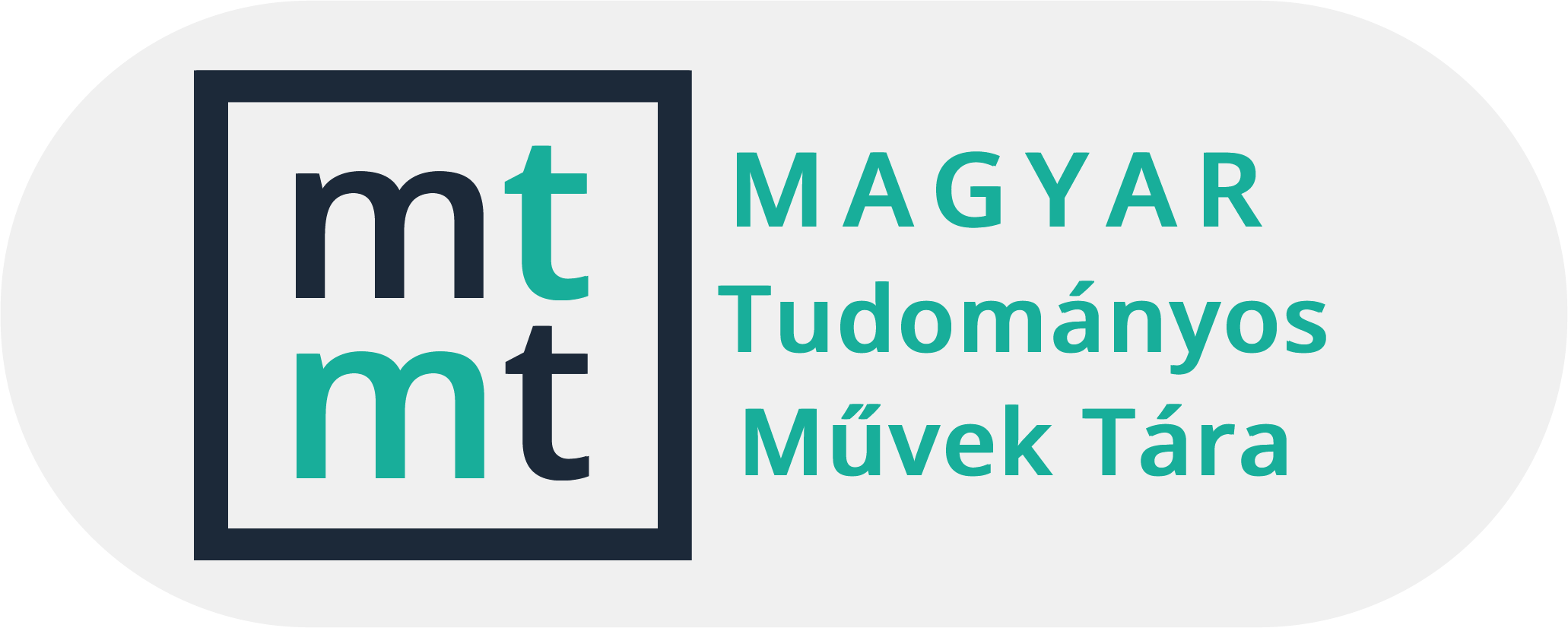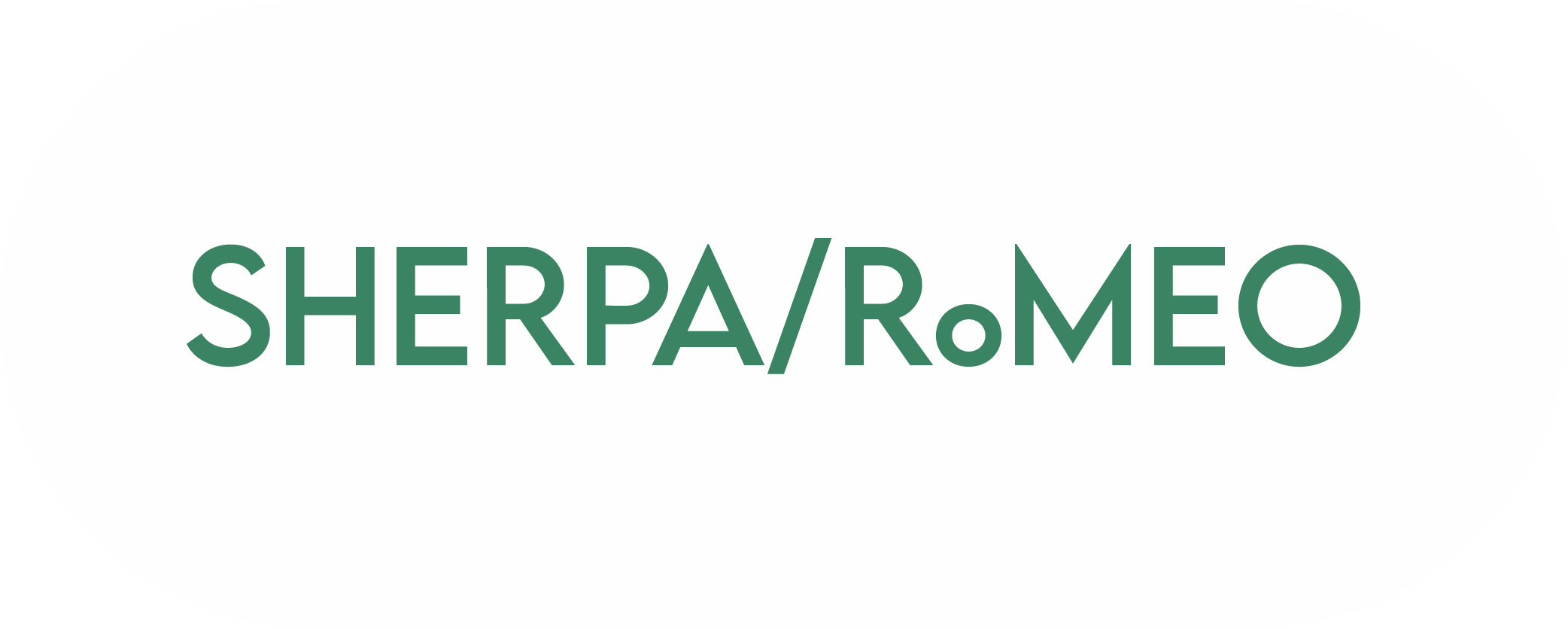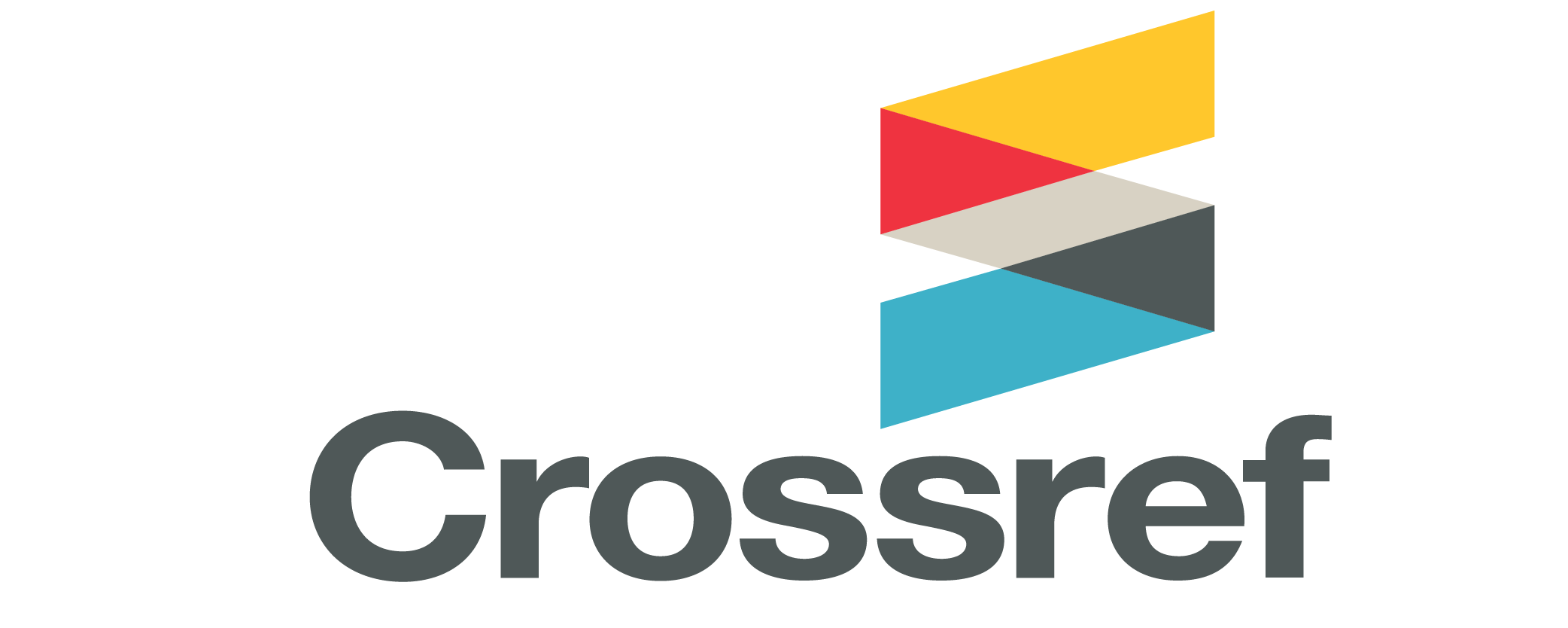Impact of teacher communication skills on students’ classroom engagement in mathematics learning
Authors
View
Keywords
License
Copyright (c) 2025 Dr. Martha Mimi Chianson-Akaa, Prof. Emmanuel Edoja Achor, Prof. Dr. Benjamin Rott

This work is licensed under a Creative Commons Attribution 4.0 International License.
How To Cite
Abstract
The study investigated teachers’ communication skills in relation to students’ classroom engagement in mathematics learning. The study area is Makurdi Local Government Area in Benue State, Nigeria. This study adopted a cross-sectional research design. A sample of 34 teachers and 204 students were drawn from twenty schools. Two researcher-structured instruments were used for data collection: Mathematics Teacher’s Communication Skills Questionnaire (MTCSQ) and Students’ Engagement in Mathematics Questionnaire (SEMQ). Descriptive statistics, analysis of variance, and independent t-tests were used to address the research questions and test the hypotheses. It was found that there is significant difference among the mean ratings on behavioural, and emotional engagements of students in mathematics classes taught by teachers with poor, fair, and good communication skills. There is no significant difference among the mean ratings on combined and cognitive engagements of students in mathematics classes taught by teachers with poor, fair, and good communication skills. Equally found was that the differences between male and female students’ mean engagement in mathematics for poor, fair, and good communication skill classes were not statistically significant. It was then recommended that teacher communication skills should be fashioned in ways to accommodate and strengthen each component of students’ engagement.
Subject Classification: 97C70
References
- Achor, E. E., Danjuma, I. M., & Orji, A. (2019). Classroom interaction practices and students’ learning outcomes in physics: Implication for teaching-skill development for physics teachers. Journal of Education and e-Learning Research, 6 (3), 96–106. doi:10.20448/journal.509.2019.63.96.106
- Adeleke, F. F., Adesua, V. O., & Jimola, F. E. (2022). Communication skills and its influence on teacher effectiveness. Universal Journal of Education Research, 10 (3), 240–245. doi:10.13189/ujer.2022.100306
- Afzal, A., Arif, S., Rasul, I., & Chaudhry, M. S. (2021). Effect of teacher’s communication styles on students’ engagement. Psychology and Education, 58 (5), 5593–5604. http://psychologyandeducation.net/pae/index.php/pae/article/view/6461/5410
- Ahmad, C. N. C., Shaharim, S. A., & Abdullah, M. F. N. L. (2017). Teacherstudent interactions, learning commitment, learning environment and their relationship with student learning comfort. Journal of Turkish Science Education, 14 (1), 57–72. doi:10.12973/tused.10190a
- Akinola, O. A. (2014). The use of non-verbal communication in the teaching of English language. Journal of Advances in Linguistics, 4 (3), 428–433. doi:10.24297/jal.v4i3.2149
- Alfarisyi, D., & Sutiarso, S. (2020). Mathematical communication skills based on gender. MaPan, 8 (2), 300–314. https://doi.org/10.24252/mapan.2020v8n2a9
- Arias, O., Canals, C., Mizala, A., & Meneses, F. (2023). Gender gaps in Mathematics and Language: The bias of competitive achievement tests. PLoS ONE, 18 (3), e0283384. https://doi.org/10.1371/journal.pone.0283384
- Audu, T. A., & Achor, E. E. (2003). The role of questioning and wait-time interactional processes in science teaching and learning. Journal of Science and Vocational Education, 2 (2), 53–56.
- Ball, H., & Goodboy, A. K. (2014). An experimental investigation of the antecedents and consequences of psychological reactance in the college classroom. Communication Education, 63 (3), 192–209. https://doi.org/10.1080/03634523.2014.918634
- Bambaeeroo, F., & Shokrpour, N. (2017). The impact of the teachers’ non-verbal communication on success in teaching. Journal of Advances in Medical Education and Professionalism, 5 (2), 51–59.
- Bandura, A. (1986). Social foundations of thought and action: A social cognitive theory. Prentice Hall.
- Barida, M., & Muarifah, A. (2018). The role of teachers’ communication skills on children’s well-being in school. In Proceedings of the International Conference on Child-Friendly Education (pp. 478–482). Muhammadiyah Surakarta University.
- Bella, J. (2013). Teacher effectiveness and professional competency among higher secondary school teachers in Kottayam District, Kerala [PhD dissertation, Andhra University]. http://hdi.handle.net/10603/8678
- Bem, S. L. (1981). Gender schema theory: A cognitive account of sex typing. Psychological Review, 88 (4), 354–364. https://doi.org/10.1037/0033-295X.88.4.354
- Bernstein, L. (2022). What is student engagement and why does it matter? [web blog]. Xello Inc. Retrieved from https://xello.world/en/blog/student-engagement/what-is-student-engagement/
- Caruso, M., Colombi, A. G., & Tebbit, S. (2017). Teaching how to listen. Blended learning for the development and assessment of listening skills in a second language. Journal of University Teaching and Learning Practice, 14 (1), Article 14. http://ro.uow.edu.au/jutlp
- Chianson, M. M., & Otor, E. E. (2015). Ensuring healthy teacher-student relationship in mathematics and science classes through strategic classroom management. International Research in Education, 3 (1), 93–102. http://dx.doi.org/10.5296/ire.v3i1.7000
- Chory, R. M., Horan, S. M., Carton, S. T., & Houser, M. L. (2014). Toward a further understanding of students’ emotional responses to classroom injustice. Communication Education, 63 (1), 41–62. doi:10.1080/03634523.2013.837496
- Cohors-Fresenborg, E., Kaune, C., & Z¨ulsdorf-Kersting, M. (2014). Klassifikation von metakognitiven und diskursiven Aktivit¨aten im Mathematik- und Geschichtsunterricht mit einem gemeinsamen Kategoriensystem [Classification of metacognitive and discursive activities in mathematics and history lessons with a common system of categories]. Forschungsinstitut f¨ur Mathematikdidaktik.
- Cooper, K. S. (2014). Eliciting engagement in the high school classroom: A mixed-methods examination of teaching practices. American Educational Research Journal, 51 (2), 363–402. https://journals.sagepub.com/doi/10.3102/0002831213507973
- Dersch, A. S., Heyder, A., & Eitel, A. (2022). Exploring the nature of teachers’ math-gender stereotypes: The math-gender misconception questionnaire. Frontiers in Psychology, 13, 820254. doi:10.3389/fpsyg.2022.820254
- Fisher, D., Frey, N., & Hattie, J. (2020). The distance learning playbook, grades K-12: Teaching for engagement and impact in any setting. Corwin. https://us.corwin.com/books/distance-learning-playbook-275865
- Giles, H. (2016). Communication accommodation theory. In K. B. Jensen, E. W. Rothenbuhler, J. D. Pooley, & R. T. Craig (Eds.), The International Encyclopedia of Communication Theory and Philosophy. Wiley Online Library. https://doi.org/10.1002/9781118766804.wbiect056
- Gross, J. J. (1998). The emerging field of emotion regulation: An integrative review. Review of General Psychology, 2 (3), 271–299. https://doi.org/10.1037/1089-2680.2.3.271
- Haneef, M., Faisal, M. A., Alvi, A. K.,& Zulfiqar, M. (2014). The role of nonverbal communication in teaching practice. Science International (Lahore), 26 (1), 513–517.
- Hattie, J. (2012). Visible learning for teachers: Maximizing impact on learning. Routledge.
- Horan, S. M., Martin, M. M., & Weber, K. (2012). Understanding emotional response theory: The role of instructor power and justice messages. Communication Quarterly, 60 (2), 210–233. https://doi.org/10.1080/01463373.2012.669323
- Howell, A., Caldarella, P., Korth, B., & Young, K. R. (2014). Exploring the social validity of teacher praise notes in elementary school. The Journal of Classroom Interaction, 49 (2), 22–32. https://www.jstor.org/stable/44735701
- Kareva, V. (2014). The influence of classroom communication on students’ commitment to the university. European Scientific Journal, 7 (26), 90–104.
- Kessels, U., & Van Houtte, M. (2022). Side effects of academic engagement? How boys’ and girls’ well-being is related to their engagement and motivational regulation. Gender and Education, 34 (6), 627–642. doi:10.1080/09540253.2021.2011840
- Khan, A., Khan, S., Zia-ul-Islam, S., & Khan, M. (2017). Communication skills of a teacher and its role in the development of the students’ academic success. Journal of Education Practice, 8 (1), 18–21. https://files.eric.ed.gov/fulltext/EJ1131770.pdf
- Kokkonen, T. (2009). Discourse between teacher and student: The effect of teacher’s style of communication on learning environment as viewed in literature and the cinema [Bachelor thesis, University of Jyv¨askyl¨a]. https://urn.fi/URN:NBN:fi:jyu-200905251624
- LaBelle, S., Martin, M. M., & Weber, K. (2013). Instructional dissent in the college classroom: Using the instructional beliefs model as a framework. Communication Education, 62 (2), 169–190. https://doi.org/10.1080/03634523.2012.759243
- Mazer, J. P. (2013). Student emotional and cognitive interest as mediators of teacher communication behaviours and student engagement: An examination of direct and interaction effects. Communication Education, 62 (3), 253–277. https://doi.org/10.1080/03634523.2013.777752
- Nakagawa, S., Fischkoff, K., Berlin, A., Amell, T. D., & Blinderman, C. D. (2019). Communication skills training for general surgery residents. Journal of Surgical Education, 76 (5), 1223-1230. https://doi.org/10.1016/j.jsurg.2019.04.001
- Nguyen, T. D., Cannata, M., & Miller, J. (2018). Understanding student behavioral engagement: Importance of student interaction with peers and teachers. The Journal of Educational Research. 111 (2), 163–174. Online version published in 2016. doi:10.1080/00220671.2016.1220359
- Ní Fhloinn, E., Fitzmaurice, O., Mac an Bhaird, C., & O’Sullivan, C. (2016). Gender differences in the level of engagement with mathematics support in higher education in Ireland. International Journal of Research in Undergraduate Mathematics Education, 2, 297–317. https://doi.org/10.1007/s40753-016-0031-4
- Nourein, A. A. E., Shahadah, R. F., Alnemer, M. A., Al-Harbi, S. S., Fadel, H. T., & Kassim, S. (2021). Comparative study of attitudes towards communication skills learning between medical and dental students in Saudi Arabia. International Journal of Environmental Research and Public Health, 18 (1), 128. doi:10.3390/ijerph18010128
- Obilor, E. I. (2020). Teachers’ communication skills and students’ academic performance. International Journal of Advanced Academic and Educational Research, 13 (4), 1–16.
- Rotgans, J. I., & Schmidt, H. G. (2011). Cognitive engagement in the problembased learning classroom. Advances in Health Sciences Education, 16 (4), 465–479. https://doi.org/10.1007/s10459-011-9272-9
- Segrist, D. J., & Hupp, S. D. A. (2015). This class is a joke! Humour as a pedagogical tool in the teaching of psychology. Society for the Teaching of Psychology’s Office of Teaching Resources. Retrieved from http://www.teachpsych.org/Resources/Documents/otrp/resources/segrist15.pdf
- Sesmiyanti, S. (2016). Student’s cognitive engagement in learning process. Journal Polingua – Scientific Journal of Linguistics Literature and Education, 5 (2), 48–51. doi:10.30630/polingua.v5i2.34
- Shalian, J. (2021). Relationship between teachers’ communication skills and students’ academic well-being with emphasis on the mediating role of academic adjustment in girls’ high schools in Kashmar. Journal of Management and Educational Perspective, 3 (1), 139–167. https://dx.doi.org/10.22034/jmep.2021.282353.1056
- Sutiyatno, S. (2018). The effect of teacher’s verbal communication and non-verbal communication on students’ English achievement. Journal of Language Teaching and Research, 9 (2), 430–437. http://dx.doi.org/10.17507/jltr.0902.28
- Teachers Collegesj. (2019). What is the communication between teachers and students? Retrieved from https://teacherscollegesj.org/what-is-the-communication-between-teachers-and-students/
- WAEC (2021). TheWest African Examinations Council Chief Examiner’s Report. WAEC Press.
- WAEC (2022). TheWest African Examinations Council Chief Examiner’s Report. WAEC Press.
- Wilson, J. (2021). Deepening students’ emotional engagement. Moreland University. Retrieved from https://moreland.edu/resources/blog-insights/emotional-engagement-in-hybrid-learning
- Zhao, Y. (2018). Achievement emotions as mediators of teacher communication behaviour and student participation – A Model construction. In Proceedings of the 3rd International Seminar on Education Innovation and Economic Management (SEIEM 2018) (pp. 375–378). doi:10.2991/seiem-18.2019.96

 https://doi.org/10.5485/TMCS.2025.14242
https://doi.org/10.5485/TMCS.2025.14242






